5 Key Steps to Successfully Implement an ERP System
Implementing an ERP system can significantly streamline your business operations, enhance data visibility, and increase efficiency across departments. However, successful ERP implementation requires careful planning, coordination, and execution. By following these five key steps, businesses can ensure a smooth transition and maximize the benefits of their ERP software investment.
Why ERP Implementation Matters
An ERP system integrates various business functions such as finance, inventory management, sales, and customer relationship management into a single platform. Implementing an ERP system can:
- Improve efficiency by automating routine processes.
- Provide real-time data for better decision-making.
- Streamline communication between departments.
- Help businesses scale operations smoothly.
Choosing the right ERP system and ensuring its successful implementation can propel your business to greater heights.
Step 1: Assess Your Business Needs
Before selecting an ERP system, it is crucial to assess your current business processes and identify the areas where improvements are needed. Key questions to consider include:
- Which departments need better integration?
- Are there recurring challenges in managing inventory, customer data, or finances?
- What are your growth plans, and how can ERP support scalability?
A thorough assessment will ensure that you choose an ERP system tailored to your business's specific needs.
Step 2: Choose the Right ERP Software
Selecting the right ERP software is one of the most critical steps. Look for an ERP system that meets your business needs and budget. Key factors to consider when choosing ERP software include:
| Criteria | Why It’s Important |
|---|---|
| User Interface | The software should have an intuitive, user-friendly interface to minimize the learning curve for employees. |
| Customization | The ERP system should be flexible enough to adapt to your specific business processes. |
| Scalability | Ensure the system can scale as your business grows and your needs evolve. |
| Integration | The ERP system should integrate with existing software tools and platforms used by your business. |
| Customer Support | A responsive customer support team can assist with technical issues during and after implementation. |
Step 3: Plan for Data Migration
Transferring data from legacy systems to the new ERP software is a critical step in the implementation process. Incomplete or inaccurate data migration can lead to issues like data loss or incorrect reporting.
- Clean your data: Ensure that the data being migrated is accurate, up-to-date, and free of duplicates.
- Create a data migration strategy: This should include detailed steps on how data will be transferred, mapped, and validated.
- Test the migration: Run a test migration to ensure the process works as expected before going live.
Effective data migration ensures that your ERP system works with accurate, reliable data from day one.
Step 4: Train Your Team
Training is essential for ensuring that your employees understand how to use the new ERP system effectively. A successful ERP implementation relies on the involvement of all users, from management to front-line employees. Training should include:
- Hands-on practice: Provide training sessions where employees can practice using the software.
- Customized training: Tailor training based on department-specific functionalities (e.g., finance, sales, HR).
- Ongoing support: Offer resources such as user manuals, FAQs, and a dedicated support team to assist employees during the transition.
By investing in training, you help ensure that your team can fully leverage the capabilities of the ERP system.
Step 5: Monitor and Optimize Post-Implementation
Once the ERP system is live, continuous monitoring and optimization are essential to ensure that it delivers maximum value. This phase involves:
- Tracking system performance: Monitor key performance indicators (KPIs) like data accuracy, process efficiency, and user adoption rates.
- Gathering user feedback: Encourage employees to provide feedback on any challenges they face and identify areas for improvement.
- Making necessary adjustments: Fine-tune configurations, reports, and workflows to optimize the system’s performance.
Regular monitoring helps ensure that the ERP system remains aligned with your business objectives.
Key Benefits of a Successful ERP Implementation
| Benefit | Description |
|---|---|
| Improved Efficiency | Automation of routine tasks and streamlined workflows. |
| Real-Time Insights | Access to up-to-date business data for informed decision-making. |
| Better Collaboration | Enhanced communication and data-sharing between departments. |
| Scalability | The ability to easily scale the system as the business grows. |
| Cost Savings | Reduced operational costs through improved resource management and operational efficiency. |
Conclusion
Implementing an ERP system requires careful planning and execution, but the benefits of improved efficiency, better decision-making, and enhanced scalability make it well worth the investment. By following these five key steps—assessing your business needs, selecting the right ERP software, planning for data migration, training your team, and monitoring the system post-implementation—you can ensure that your ERP implementation is a success. With the right approach, your business will be well-positioned to thrive in an increasingly digital world.
Explore
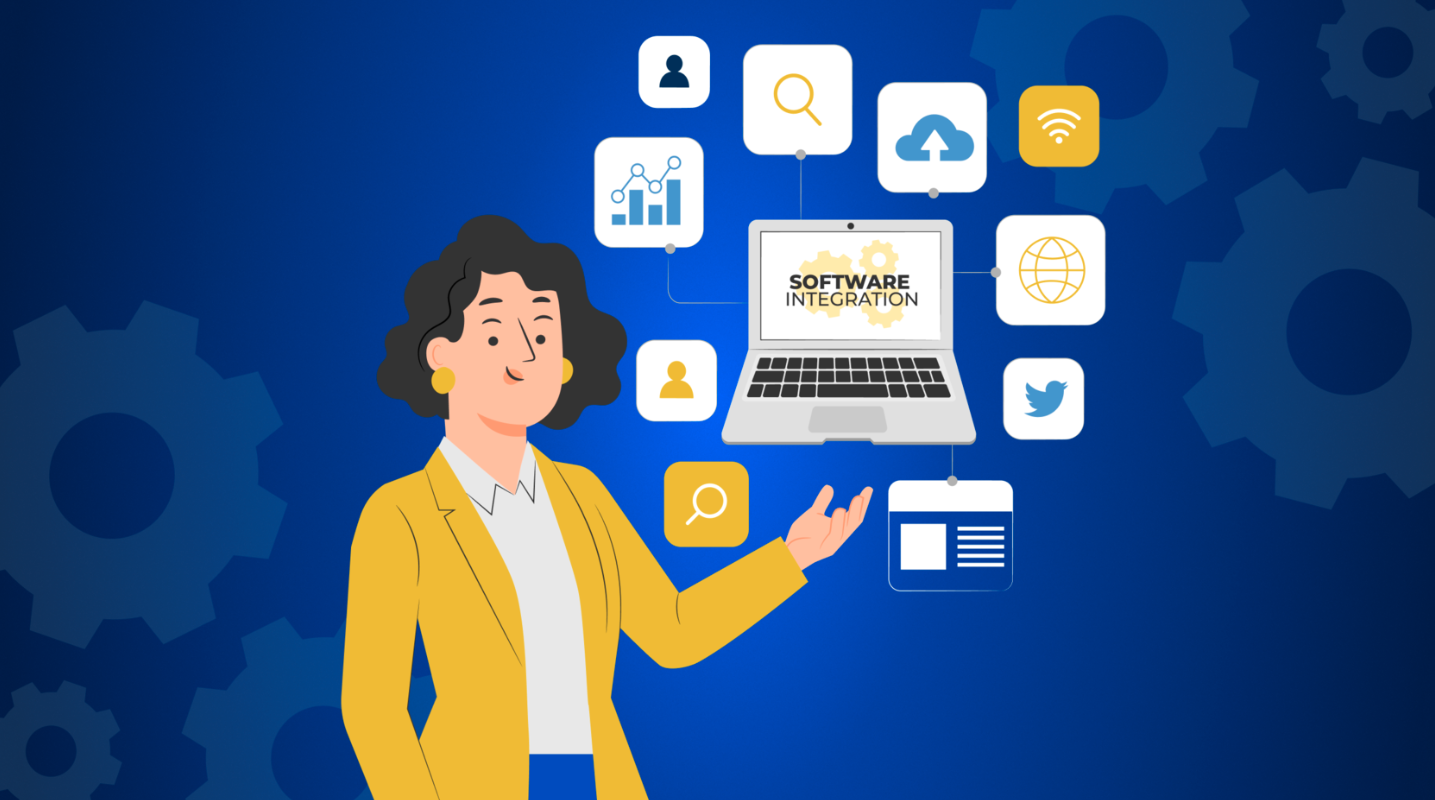
Unlocking Growth with Enterprise Software: Key Features That Drive Success

Cloud ERP vs. On-Premise ERP: Which One Is Right for You?

Boost Supply Chain Efficiency with the Right ERP System
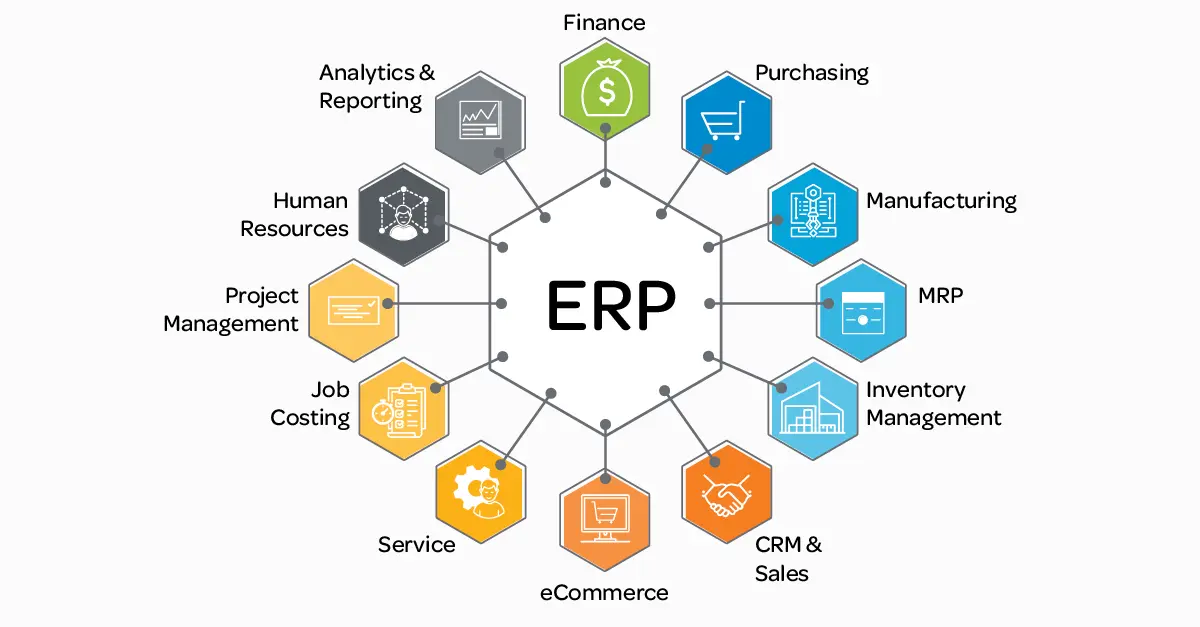
Lessons Learned: Success Stories and Challenges in ERP
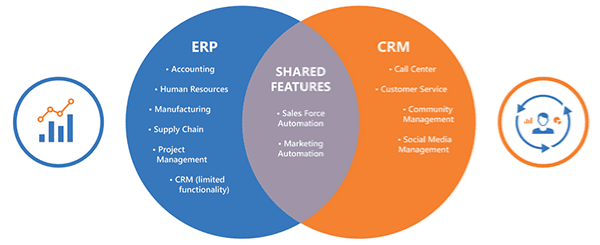
ERP vs. CRM: Understanding the Key Differences for Your Business
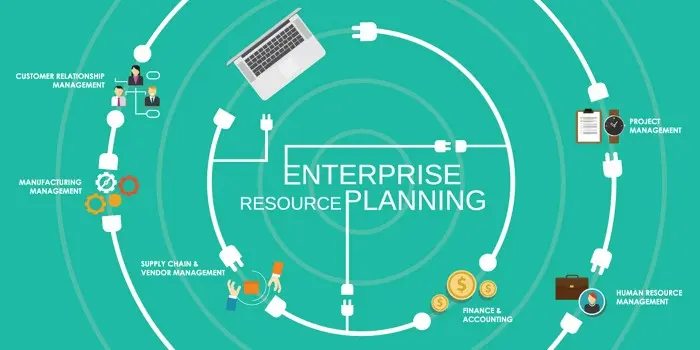
How to Choose the Right ERP System for Small Businesses
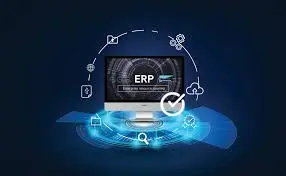
Top 10 Best ERP Software Solutions for 2025

What Is ERP? A Complete Guide to Enterprise Resource Planning
